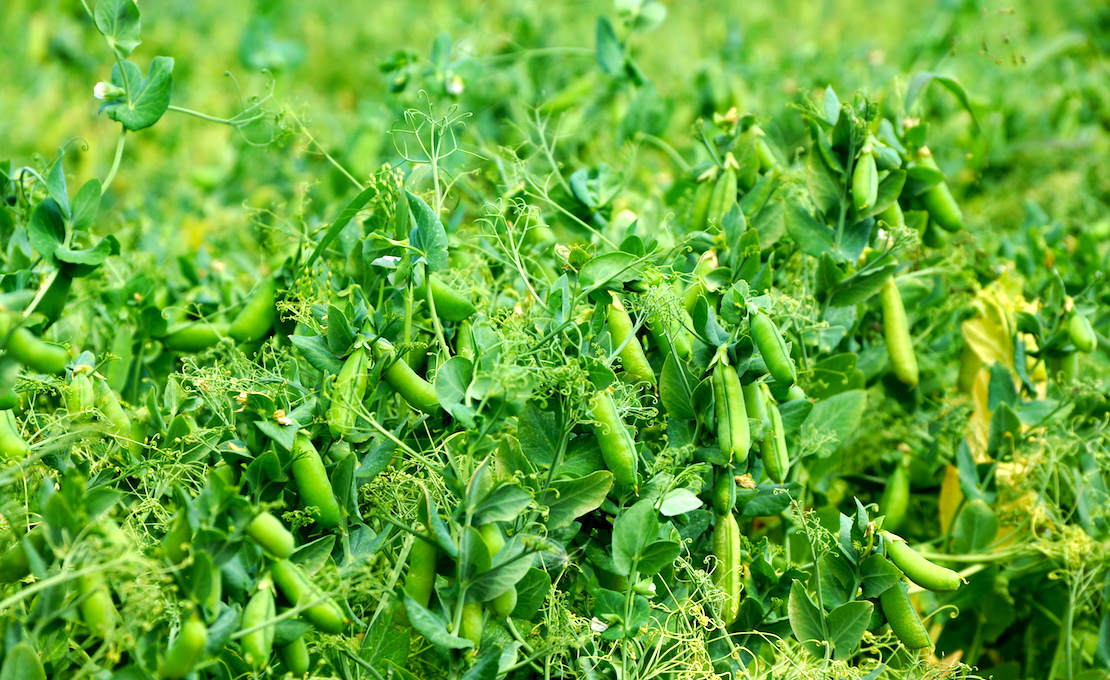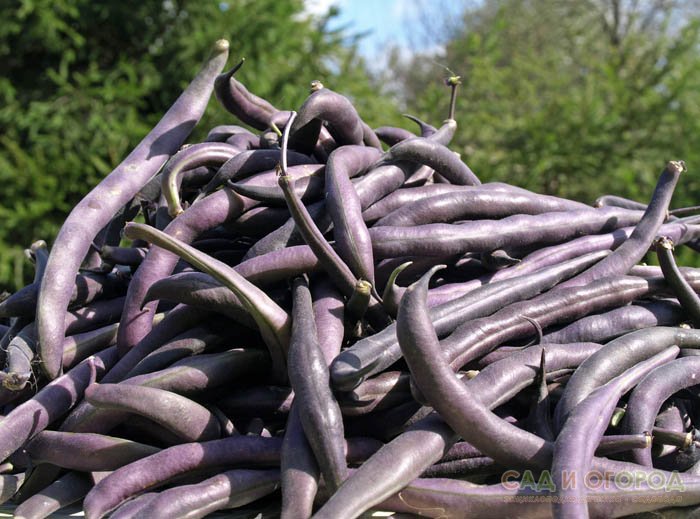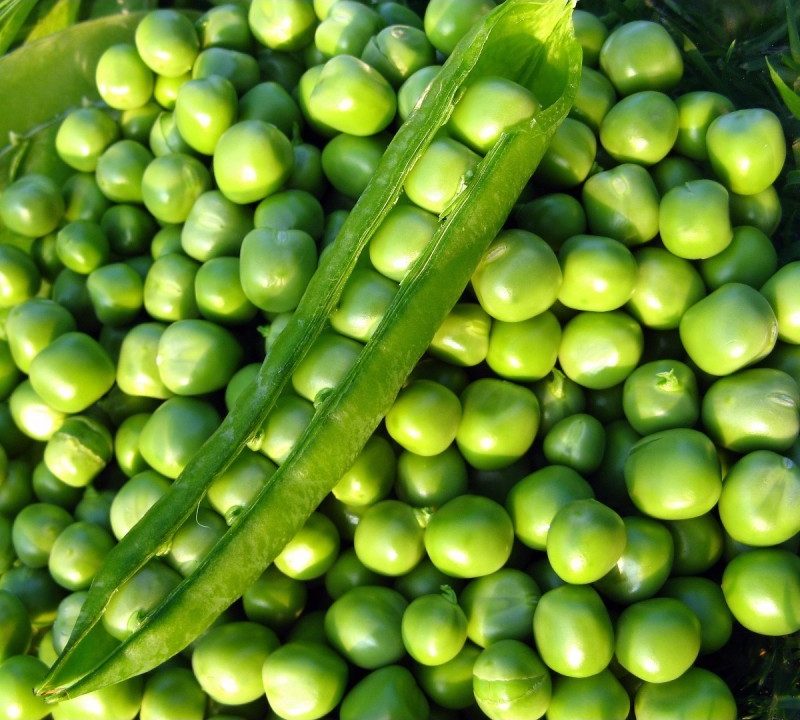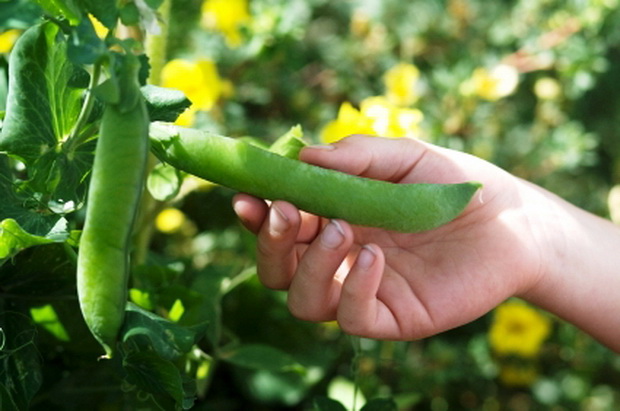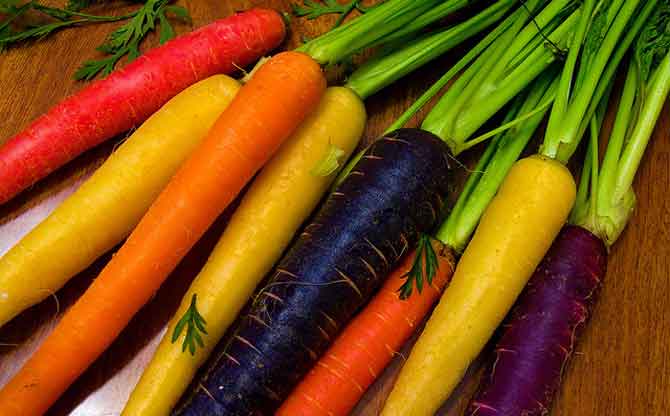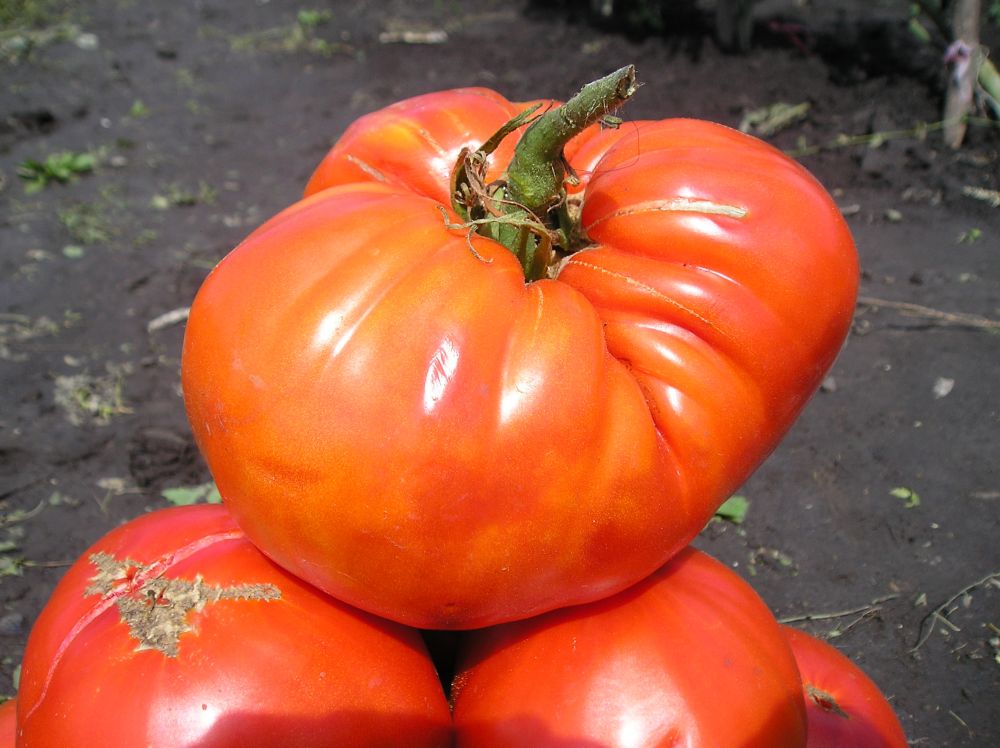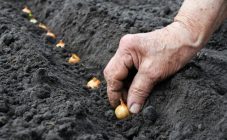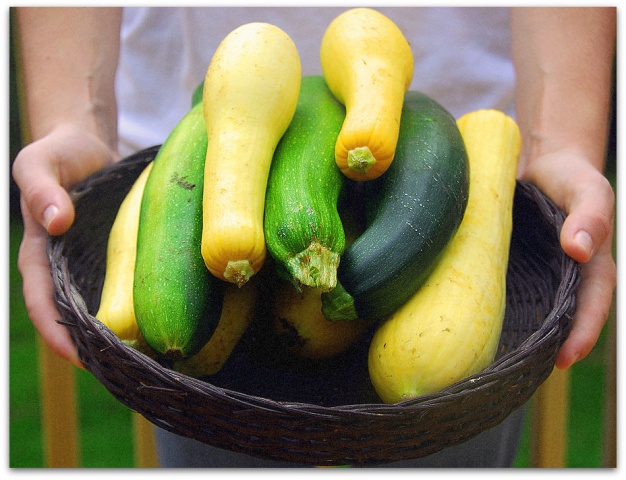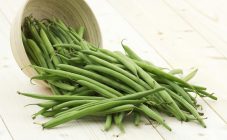Content:
Peas are the most popular member of the legume family. It contains vitamins, minerals and vegetable protein, which is absorbed faster than animal protein.
Eating peas slows down the aging process of the skin and the whole body. Thanks to the selenium contained in the vegetable, the work of the brain improves, the nervous system is strengthened. Various varieties of peas have been developed, which differ in taste, height and ripening time.
The main types of peas
By the timing of ripening it happens:
- early ripening - 50-55 days (Gavrish);
- early ripe - 56-60 days (Sweet friend);
- mid-season - 64-70 days (Ilovetsky; Sugar pod);
- medium late - 61-70 days (Somerwood; Aksaysky);
- late - up to 100 days (Delilah).
Plants are distinguished by height as:
- undersized - 40-70 cm (Children's joy);
- medium-sized - 70-115 cm (Fokor);
- tall - 115-250 cm (Salamanca).
Types of seed peas
Peas are smooth-grain. This means that its peas remain smooth after drying. The most popular varieties of this variety:
- Adagumsky;
- Uladovsky anniversary.
There is also a cerebral, that is, after drying, the peas have a wrinkled shape, similar to the brain. The following varieties have such a feature:
- Voronezh green;
- Calvedon Miracle;
- Gloriosa peas;
- Hawa pearls.
The sugar pea beans are very fleshy and tender. You can eat them together with the valves, which have less fiber than other types of peas. As the peas ripen (they can already be consumed separately), the juiciness of the valves decreases. This variety is more of a treat than food and is therefore less commonly grown.
The best varieties of sugar peas:
- Zhegalova 112;
- Children's sugar.
Unusual types of peas
Peas have many varieties, for example, there are varieties without leaves. Due to the intertwined whiskers, plants almost do not need to put up supports, but the yield of leafless peas is unstable, depending on the amount of moisture in the soil and air.
Common varieties of leafless peas:
- Ailla;
- Slider;
- Aksai mustache;
- Yamal;
- Pharaoh;
- Rocket peas.
There are peas of unusual color or size:
- Purple sugar... Such peas bloom in a beautiful purple color with a pleasant smell. The beans are also purple, they look beautiful in the green foliage. The 8 cm long pod contains 8-9 tasty greenish-purple peas. This tall, mid-season variety has a height of 1.5 m.
- Red - another kind of unusual peas. It has a thin stem and small grains. The small round peas range in color from dark orange to red. Red peas grow mainly in Asia.
- White peas differs from its congeners in platinum-colored inflorescences and light green grains.
- Purple king Is an early pea variety that has bright purple pods and green peas. Peas are consumed fresh and after heat treatment.
- Russian size. Its beans are more than 1 cm in diameter. These are large, tasty and sweet peas.
- Chickpea... Unusual varieties include chickpeas. The shape of its fruit resembles the head of a ram. In ancient times, chickpeas were used not only for food, but also as a medicine. It is from it that the famous Azerbaijani piti soup is prepared.
- Soy. Another type of pea is Chinese oil peas - soy. Sauce, milk, meat, cheese are made from it, and also added to sweets.
- Meadow peas - this rank is another species of the legume family. It grows in Europe, USA and China. Contains ascorbic acid, minerals and vitamins. They are used in the treatment of diseases such as bronchitis, pulmonary tuberculosis, colds, insomnia.
The best varieties of peas
If unusual varieties are planted to decorate the garden, then there are varieties that are planted exclusively for food. They are considered proven, therefore they are cultivated from year to year. We are talking about:
- Vegetable peas Alpha. The description of the variety says that its ripening time takes 45-55 days. The height of the bush is from 1 to 1.5 m. Alfa peas are planted in grooves, the depth of which is 4 cm, the width between them is about 20 cm, in row spacing 6 cm. This is a high-yielding variety. You can collect up to 2.4 kg from 1 m².
- Ambrosia... Refers to early ripening varieties. Ripening period 54-56 days. It grows up to 70 cm, therefore props are required. A 10-centimeter greenish cone contains 8-10 sugar peas. Fruiting peas Ambrosia well, you can collect up to 1.5 kg from 1 m².
- Vera... A low-growing plant up to 65 cm, 6-9 peas in the beans. Fruitful variety: about 1 kg per 1 m².
- Oscar... Mid-season sugar peas. Fruits from 0.8 to 1 cm in diameter. This variety has an increased resistance to disease.
- Slider. It is a leafless, quickly ripe sugar pea. Ripening period 53-55 days. It grows up to 75 cm. The color of the slightly curved horn is light green. One pod contains up to 10 sugar peas. You can eat them together with the shutters. Its advantages include fast ripening, fruiting for a long period. There is no need to support.
- Altai emerald. Low-growing peas are classified as mid-early shelling varieties. From germination to technical maturity, 53-56 days pass. It is a compact bush plant 35-45 cm high. It has a saber bean about 10-15 cm. There are 6-8 peas in a pod. There are 6 to 12 horns on the bush. It can be planted in steps in 10-14 days, from the end of April to the end of June. Planting depth 3-4 cm, the gap between rows 25-30 cm. It needs watering and loosening.
- Peas Nikitka... Another representative of leafless peas. These are early ripe peas with a height of 70 cm, ripening period of 53-55 days. It has a very long fruiting period, almost to frost. It has slightly curved, long green beans that contain up to 9 even, sweet peas.
- Peas Rocket. Mid-season leafless variety, vegetation period 68-95 days. Early sowing is recommended. Low-growing variety with a height of 46-85 cm.
- Golden eagle... An annual, self-pollinating cultivar, it belongs to the brain pea cultivars. Loves fertile, well-humid lands. Sowing and care, as well as for all types of peas.
- Sugar 2 refers to the brain varieties. Medium late, ripening time 50-65 days. It has a straight bean with 9-11 peas, plant height about 70 cm. Resistant to diseases. It is consumed fresh and processed.
Planting dates for peas
The sowing time of this crop differs depending on the region of growth. In the Urals and Siberia, peas are planted in June, and in the Kuban already in April.
The best varieties for Siberia:
- Altai emerald;
- Sugar cerebral.
The best varieties for the Urals:
- Alpha;
- Peas Berkut;
- Sprinter;
- Children's sugar;
- Adagumsky.
The best varieties for the Moscow region:
- Satellite;
- Grouse.
The best varieties for Central Russia:
- Early peas 301;
- Peas Afilla;
- Zhegalova 112.
The seeds of this culture germinate at a temperature of 2-5 ° C and they are not afraid of small frosts. These factors must be taken into account when planting peas outdoors. To harvest young peas longer, they should be sown at intervals of 10-15 days.
Before planting, it is recommended to soak the seeds of sowing peas in salt water (30 g per 1 l) to reject low-quality seeds. Those peas that float up (usually they are affected by pests) are disposed of, and those that have sunk to the bottom are suitable for planting. In order for the seedlings to be friendly, the seed should be germinated.
Peas do not like organic fertilizers.They should be introduced under its predecessors: cabbage, cucumbers or tomatoes. They will be enough for next year's peas.
When growing crops in sandy loam soils, it is necessary to add molybdenum, due to which the yield will increase by 1.5 times. The acidity of the ground peas like neutral. If it is increased, the soil must be limed.
It is worth paying due attention to watering. Irrigation is essential while the peas are blooming and forming beans.
Pea diseases
The most dangerous for this culture is the leaf roll, or pea moth. This is a small caterpillar that perfectly tolerates cold in the soil. The butterfly appears just before flowering and lays eggs on plants, from which caterpillars emerge and eat the harvest. To destroy the leaf roll, you can use both chemical and folk remedies: infusion of tomato tops and garlic. They are also effective in killing pea aphids.
Knowing everything about the types and timing of peas fruiting, you can choose the variety most suitable for the gardener (taking into account the region) and get a rich harvest at the end of the season. Moreover, it is possible to grow a culture without even leaving the city - on the balcony. This vegetable doesn't require much attention and space.

